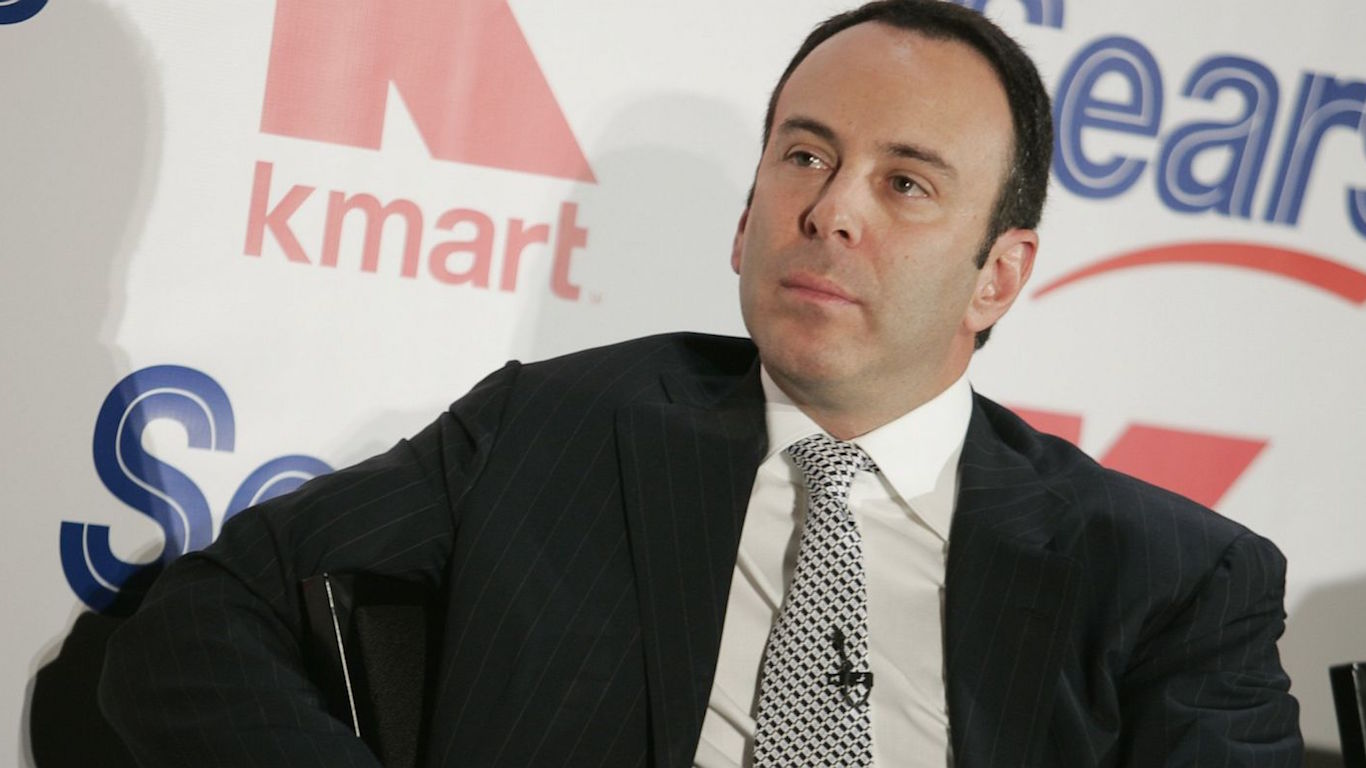

When hedge fund operator Eddie Lampert announced a deal for Kmart Holding Corp. to buy Sears, Roebuck and Co. in 2004, he had an inauspicious start. Kmart came out of bankruptcy in 2003. Even if the reason was that Kmart was overburdened with debt, its operations were not healthy enough to support the leverage.
The new company, Sears Holdings Corp. (NASDAQ: SHLD), did not start to fall apart right away. However, a decade after the deal, the company was reeling. When old-line retailers begin to crumble and then go under, the major culprit for causing the demise is usually identified as Amazon.com Inc. (NASDAQ: AMZN). For Sears, that is only moderately true. Much of the harm it suffered was self-inflicted.
For some reason, Lampert believed that merging two retailers into one offered synergies that included economies of scale. By maintaining two brands, two sets of stores, two requirements to market the brands and support them with advertising, and two sets of workers, he undermined most of what might have been a benefit. He likely reasoned that each of the two brands was strong enough to justify the strategy. That was only true until Sears and Kmart stores aged, and, based on most accounts, Lampert made very little investment in them.
Like every other major retail brand, Sears and Kmart had the brands to be successful online, if they had gotten to market early and made an appropriate investment. They did not start this aggressive strategy. Even industry leader Walmart Inc. (NYSE: WMT) was slow to move online. Despite its size, e-commerce sales are a single digit portion of its revenue. Retail experts believe that number may never improve much.
Amazon was founded in 1994, a decade before Sears Holding was founded. Lampert, therefore, had the opportunity to observe Amazon’s business model as its revenue soared. He almost completely ignored it. Sears.com and Kmart.com never had market share in the sector. So Lampert made three mistakes. First was the theory behind the merger. Next was his neglect of its locations. And, finally, he did not look over the fence to see that Amazon’s grass actually was greener on the other side.
Sponsored: Attention Savvy Investors: Speak to 3 Financial Experts – FREE
Ever wanted an extra set of eyes on an investment you’re considering? Now you can speak with up to 3 financial experts in your area for FREE. By simply
clicking here you can begin to match with financial professionals who can help guide you through the financial decisions you’re making. And the best part? The first conversation with them is free.
Click here to match with up to 3 financial pros who would be excited to help you make financial decisions.
Thank you for reading! Have some feedback for us?
Contact the 24/7 Wall St. editorial team.



